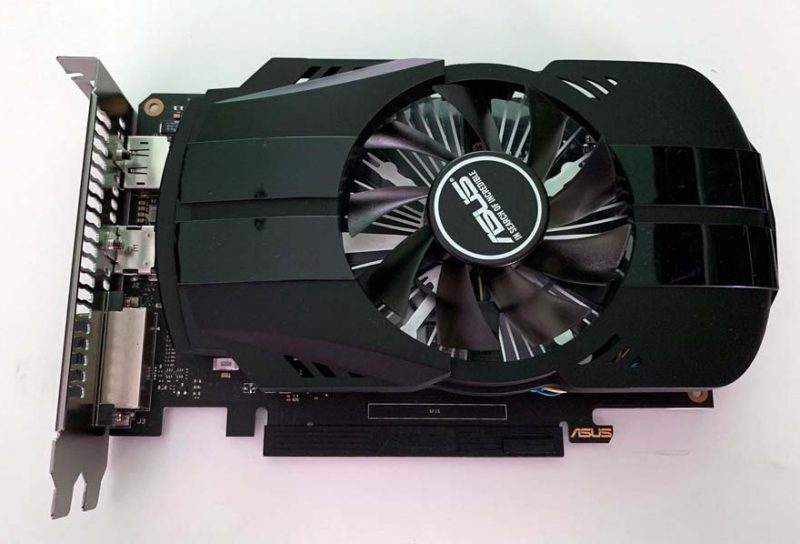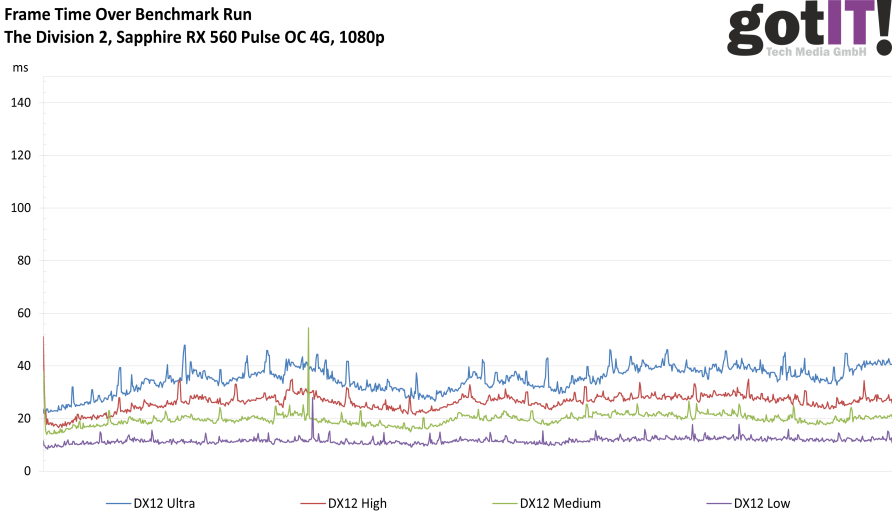

- The division graphic card benchmark 1080p#
- The division graphic card benchmark driver#
- The division graphic card benchmark full#
While the benchmark shows fairly high average frame rates, I found that during regular gameplay, performance would often dip below 60 while walking around the streets of New York at 1080p on all cards with the exception of the GTX 980Ti, which was able to hold things above 60 frames per second more often than not even at 1440p. Performance isn't great at Ultra settings. On the AMD side, we will be using Radeon Software version 16.3.
The division graphic card benchmark driver#
This is a non-WHQL certified driver and needs to be obtained directly from the GeForce website. At the time of writing, Nvidia has released BETA driver 364.51 which we will be using for our tests today. None of the cards are overclocked in our tests.įor this game's launch, Nvidia did release a Game Ready driver which was later pulled due to widespread issues. For graphics cards, I will be using a reference GTX 980Ti, an MSI GTX 970 4G, a Sapphire R9 290 Vapor-X and an XFX R9 390X Ghost Edition.

Today, I will be benchmarking Tom Clancy's The Division on a system featuring an Intel Core i7 6700K, 16GB of G.Skill DDR4 RAM, a 1TB Samsung EVO SSD and an Asus Maximus VIII Hero motherboard. The game looks great but none of that matters if it doesn't run well.


I have put around five hours into the game myself and I've barely begun to scratch the surface. That said, the launch map is not small by any means, there is so much to explore here. At launch, you get access to Manhattan island but apparently the map will be expanded in future paid expansions. The New York setting is fantastic as well, with a ton of attention to detail placed throughout the map, which is apparently built on a 1:1 scale too – this really helps build a sense of scale when you are walking around the world. You can fix this by moving the focus/soften slider from its 70% default to 100% though this will impact frame rate. This is likely intentional as textures can often suffer when looked at up-close in 3rd person games as they are designed to be viewed with the camera at a distance. However, the depth of field effects can come off a little too strong, making some parts of the world come off as blurry at times. For our benchmarks today, GameWorks effects will be switched off. However, it is worth mentioning that this is a Nvidia GameWorks title, so some options likely won't work as well on AMD graphics cards. You will find more to mess around with here than you will in many other open-world games on PC. Honestly, I am very impressed with the sheer amount of options available in the PC version.
The division graphic card benchmark full#
There is three full pages of different sliders, effects and toggles for you to play around with, covering everything from distance scaling, view distance, world details and lighting to standard options like textures and anti-aliasing. The Division was developed by Ubisoft Massive and as you can see from the screenshots above, a lot of detail has gone into the PC version. The ambitious open-world game has some high system requirements on PC but does the game live up to them? Today we will be analysing the PC version of The Division to see just how well it runs.įirst, let's take a look at the graphics options menu: Tom Clancy's The Division is finally out after a few years of hype building at events like E3 and even a few beta tests.


 0 kommentar(er)
0 kommentar(er)
